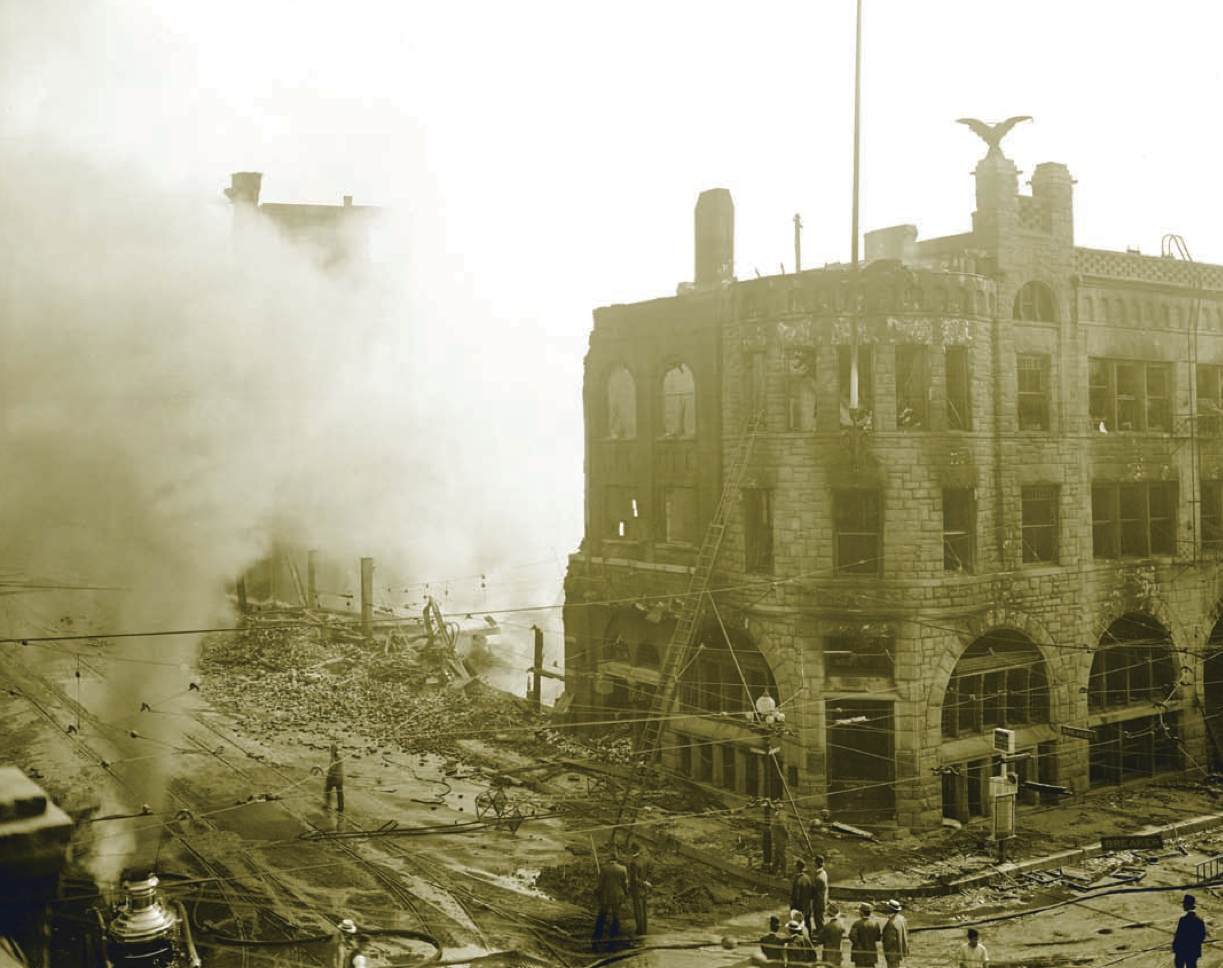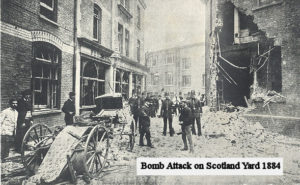Recently I had a dialogue with some colleagues as I researched modern versions of this very early piece of EOD equipment from 1573.
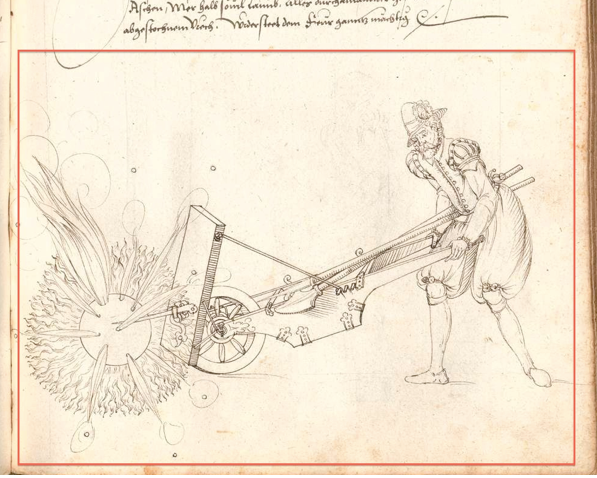
A remarkably similar piece of equipment was in operational use only 45 years ago and I was seeking a photo of the equipment in use in the 1960’s/1970s. I’m still digging on that.
Anyway the dialogue with a few modest practitioners of the art of EOD in the 1970s took me in an interesting direction, and I’ve turned up some interesting stuff from much earlier on the subject of ROVs. The general perception of the world we live in is that the tracked ROV as used in EOD is a very modern invention. Manufacturers produce glitzy videos showing these twin-tracked vehicles performing tricks as the operator remains a safe distance behind, secure from the hazards that their robotic buddy faces. All very High-Tech. I used to work for one such manufacturer, and we have all seen the videos showing the technological prowess of a wide range of differing modern ROVs. Like many, I assumed that the tracked ROV was essentially invented for the purpose of EOD in the dark days of the early 1970s. But it appears that ROVs were around for a considerable time before the 1970s. This does not to lessen in any way the significant innovative effort that went into the development of the “wheelbarrow” series of ROVs and all subsequent EOD “robotics”, but there are some fascinating precedents.
I began by searching for images of the first ROVs in Northern Ireland in about 1972, in the hope that they might also show images of the protective screen I was looking for so I could do a visual comparison. Suddenly I came across a picture in some archives that made me sit up. You should understand that my operational experience was largely in the 1990s so I’m most familiar with Mk8 “wheelbarrow” ROV. But I came across the image which at first glance appeared to show a number of Mk 8 Chassis…. but from WW2… How could that be?
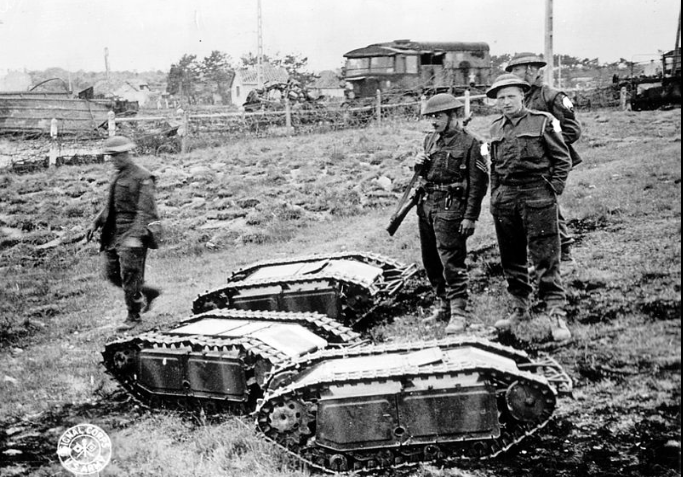
British soldiers with captured Goliaths
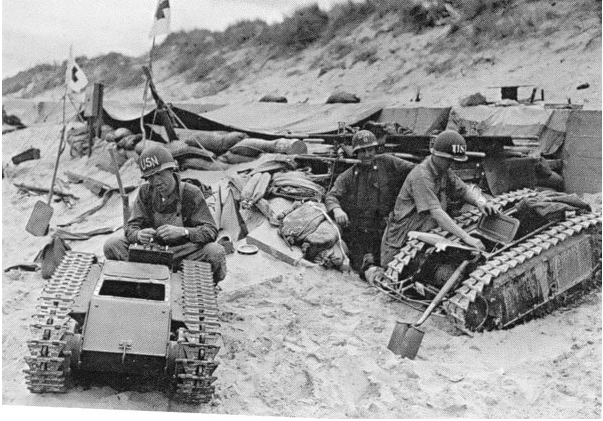
US Navy examine captured Goliaths on Utah Beach 11 June 1944
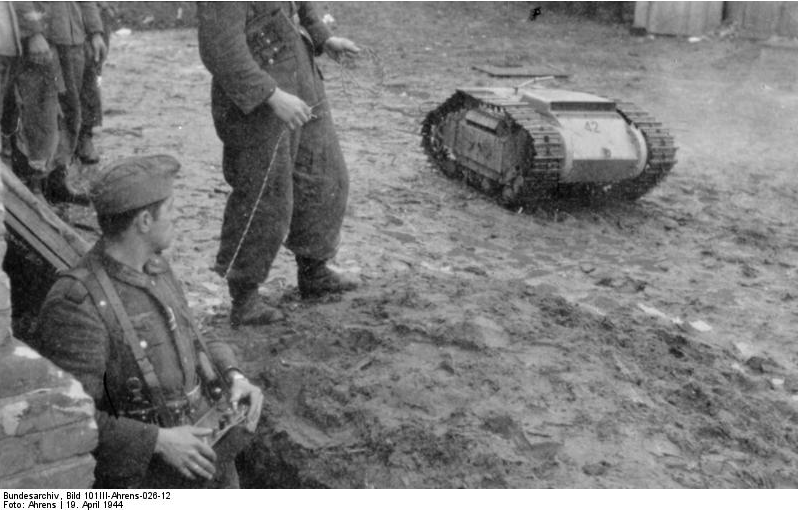
For comparison here’s a picture of a Mk 8 wheelbarrow – note that the main body of the Mk 8 is remarkably similar to the images above in terms of shape and scale.
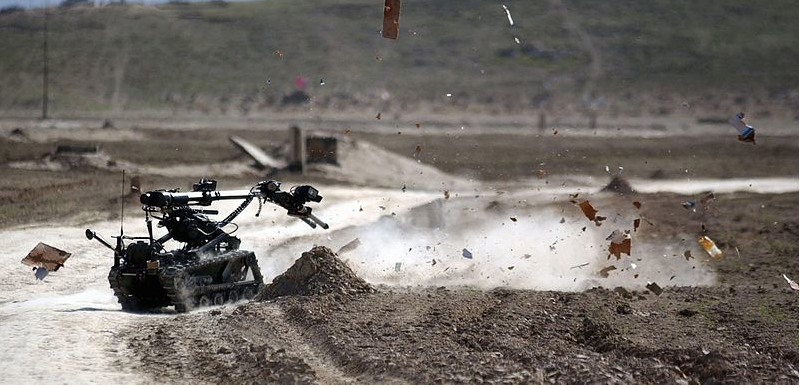
The WW2 item turns out to be of a system called Goliath. It’s not an EOD ROV, but rather its a remotely controlled demolition vehicle.
When you think that probably there were only a couple of hundred Mk 8 wheelbarrows produced in the 1980s and 1990s, but there were many thousand “Goliath” ROVs produced. The Goliath ROVs were initially electrically powered but later used a small two cylinder engine. Here’s a great shot from the top, showing the engine and the wire spooling from the rear.
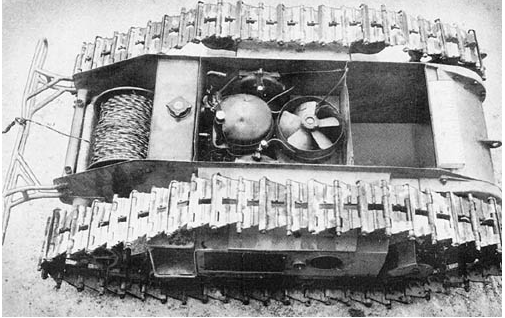
I also found reference to a Japanese tracked ROV, also used a a remote demolition tool – called the “I-GO” developed in 1937. How strange that the nomenclature predates the “I-Robot”
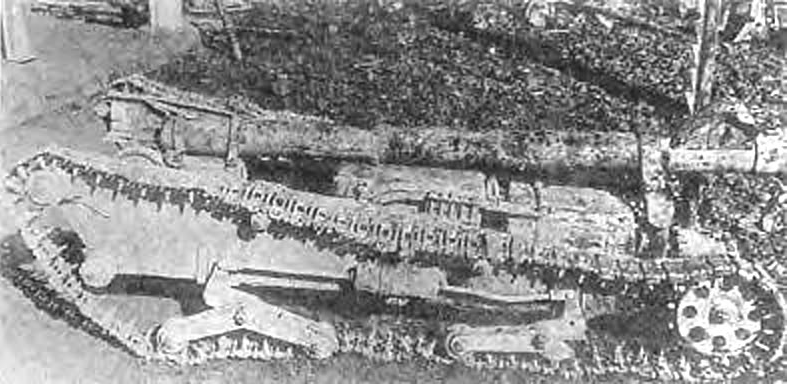
Japanese I-GO ROV from 1937
Now in the early 1990s some of the Northern Ireland EOD units developed a deployment technique called the “Rapid Deployment Trolley”. This was a cobbled together wheeled trolley on which we placed the Mk 8 wheelbarrow ROV to transport it rapidly to and from a small helicopter in emergency situations where a full deployment requiring a large helicopter wasn’t possible. So it was with delight I saw that Germans in WW2 also had such a “trolley” for the Goliath – and actually theirs looked much better engineered!. Vorsprung Durch Technic.
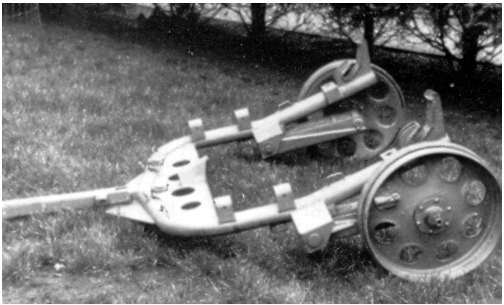
Wheeled Trolley for moving Goliath ROVs
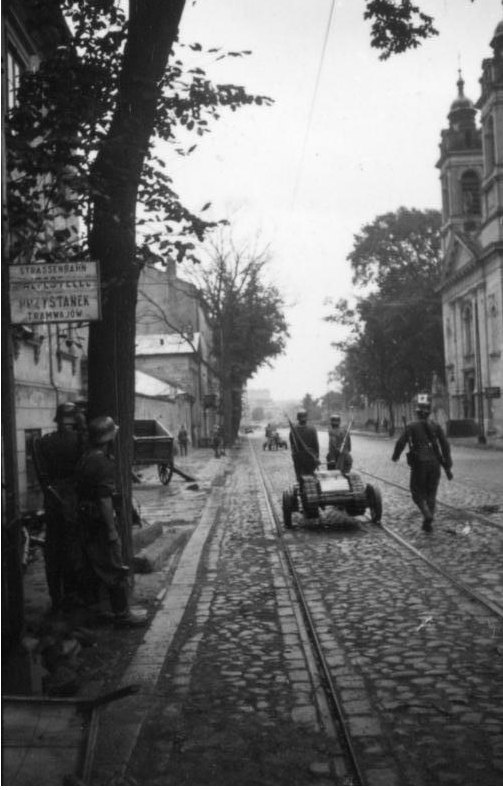
A Goliath being moved on its wheeled Trolley, Warsaw
Then as I was researching the provenance of the German Goliath I came across reference to the genesis of this equipment… It turns out that the German Goliath was based on an ROV developed by the French in the years running up to WW2…. Supposedly, as the Germans advanced on Paris the inventor, Adolphe Kegresse threw the prototype into the Seine, but somehow the Nazis got wind of this, reverse-engineered it, and ended up building the Goliath. I have also found reference to the Germans recovering , later, Kegresse’s blueprints for the ROV and reverse engineering their ROV from that.
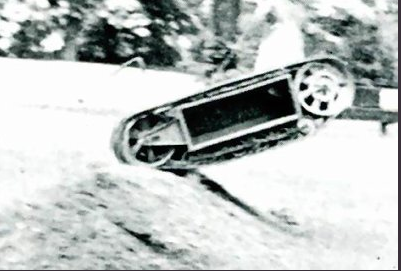
The French Kegresse ROV, 1940
I then found details of British tracked ROV, developed in 1940 by Metropolitan Vickers, again as a remote demolition tool. Here’s an image – note the interesting inwardly facing track extensions.
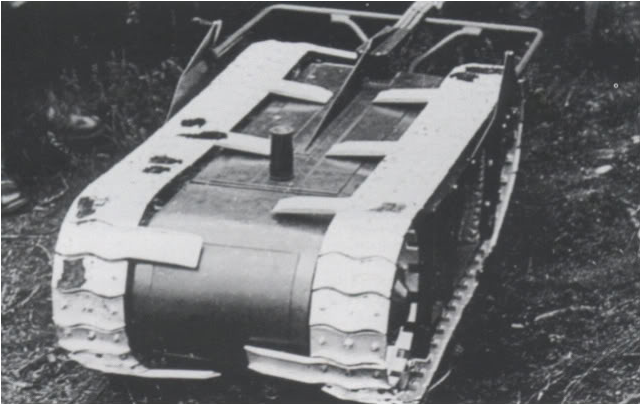
Vickers MLM ROV, 1940
50 of these Vickers MLMs were built before the project was suspended in 1944. I have a copy of a Canadian officer’s trial report if anyone is interested. The ROV had a range of 1100 yards and could carry 120lbs of Ammonal. Initiation was either by a command signal or a contact switch (which had a command safety override).
I then found a reference to an American ROV from WW1. This is the Wickersham Land Torpedo, built in 1918, possibly 1917 but patented in 1922. Here’s the link to the patent. They were manufactured by the Caterpillar company, I think.
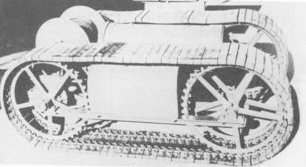
Wickerhsam Land Torpedo
This ROV looks similar in size shape and design to a modern day Talon EOD ROV, or a Dragon Runner. The Wickersham and the Kegresse ROVs look pretty similar.
I kept digging and encountered 2 more tracked ROvs that predates the American one – both French.
The first of these was the “torpille terrestre electrique” (electrical land torpedo), developed by M. Gabet and M. Aubriot in 1915. It could carry 200kgs of explosive and was wire guided of course. I’m intrigued that the single lever track at the rear looks a little like the lever track on some modern robots.
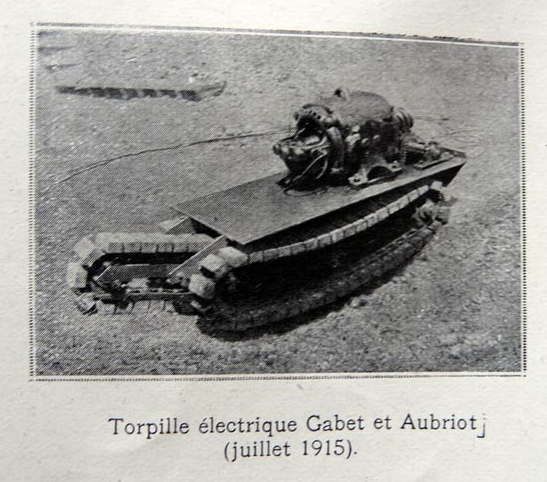
The second of these was the “Schnieder Crocodile” also developed in 1915 and trialled by many Allied nations, including the British, Belgian, Italian and Russians.
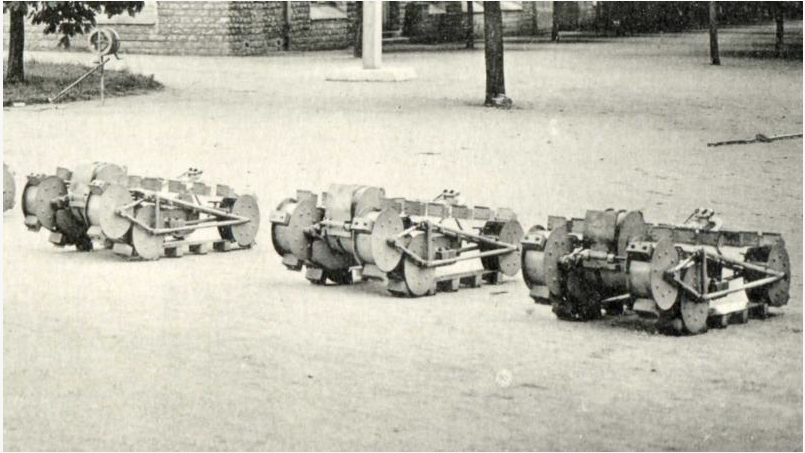
“Crocodiles” Schneider type B.
It could carry 40kg of explosives and looks similar in size, shape and scale to the Allen-Vanguard ROV
So it seems that next year will be the centenary of the tracked ROV…
 Roger Davies
Roger DaviesHere’s a video showing that the Gemeran Goliath ROV was also radio controlled, and not just command wire steered.

